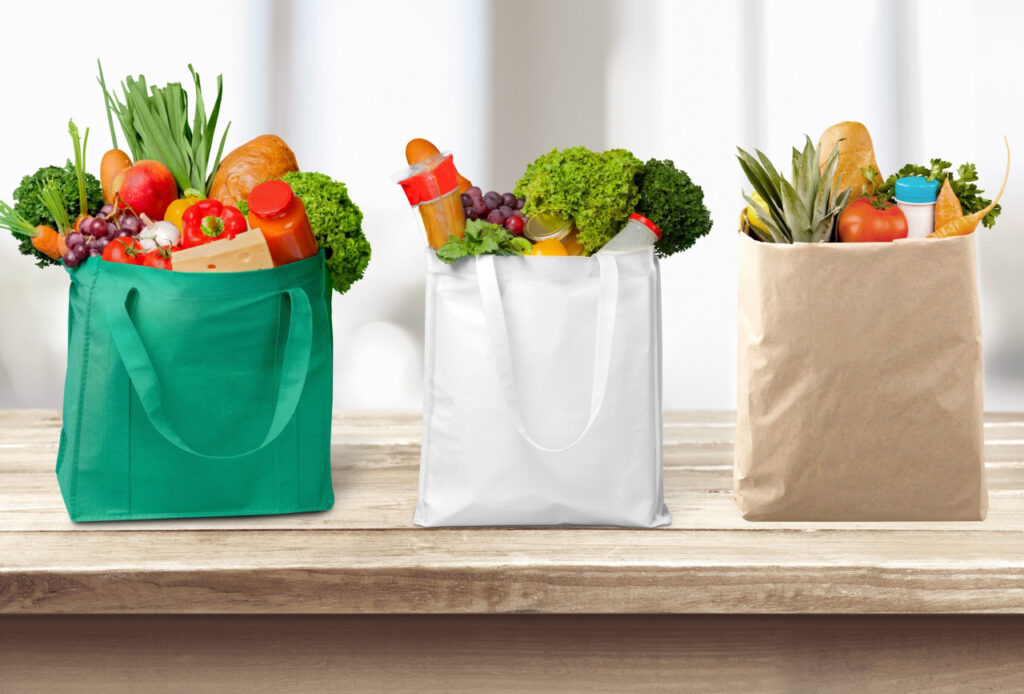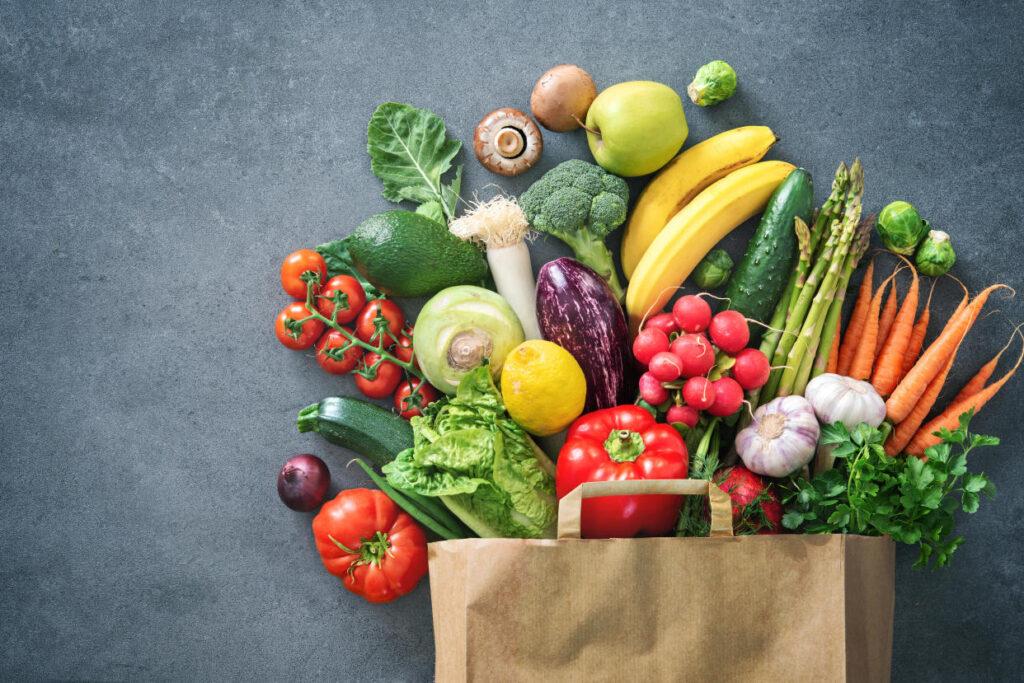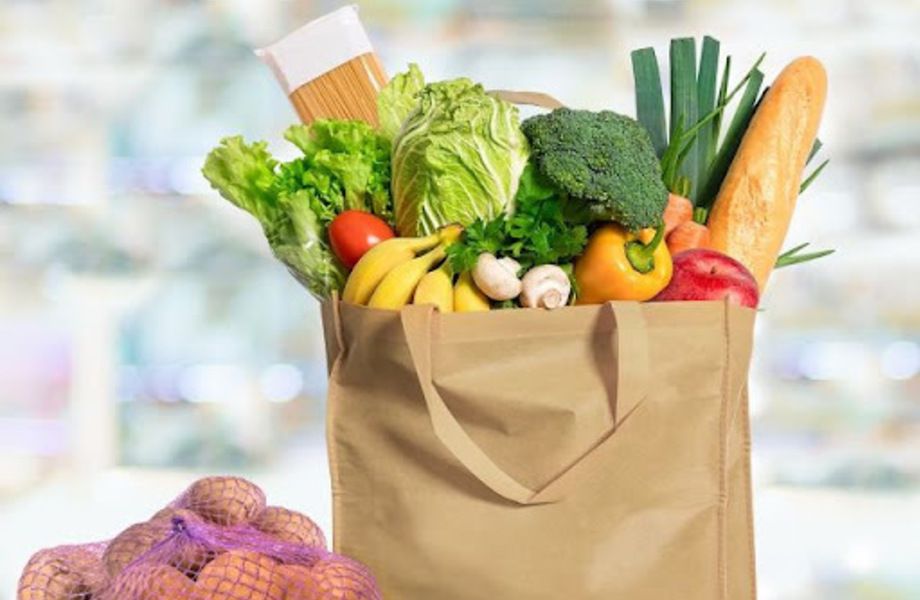Environmental sustainability has become a pressing issue worldwide. Consumers are more conscious of purchasing decisions and how their lifestyle impacts the planet. From the rise of climate change to the detrimental effects of plastic pollution, paper grocery bags the need for sustainable solutions has never been more critical.Depending on environmental conditions, a paper bag can break down within a few weeks to a couple of months.
Paper Grocery Bags as an Eco-Friendly Alternative
One of the most significant contributors to waste is plastic bags, which are non-biodegradable and contribute to environmental damage. Paper Jute Bags offer an eco-friendly alternative many consumers use to reduce waste and promote a more sustainable brown paper bags lifestyle.Since paper is a renewable resource, it is already a more sustainable choice than plastic, which is derived from non-renewable fossil fuels. Additionally, the production of paper bags is increasingly being sourced from responsibly managed forests, which ensures that deforestation is minimized.
Purpose of The Blog Post
This blog explores the environmental benefits of paper grocery bags, offering insight into how they can improve sustainability. We’ll delve into their composition, biodegradability, reusability, and impact on carbon footprint to highlight why choosing paper bags is a step in the right direction. When plastic bags are discarded, they take up valuable paper bags bags space and can contribute to methane production as they break down very slowly, releasing harmful gases into the atmosphere.
Materials Used in the Production of Brown Paper Bags
Paper grocery bags are typically made from kraft paper, a type of paper that is produced from wood pulp using the chemical pulp process. The raw materials used are renewable, making it an environmentally preferable option. Unlike plastic derived from fossil fuels, paper bags are sourced from trees, a renewable resource. This reusability factor is crucial because paper bag shopping bag it not only extends the life of the bag but also reduces the demand for new bags. By investing in washable paper bags, shoppers can significantly cut down their consumption of both Paper Flowers Donations plastic and single-use paper bags.
Comparison of Biodegradability Between Paper and Plastic Bags
One of the key benefits of paper grocery bags is their biodegradability. Paper bags break down naturally in the environment, taking a few weeks to decompose. In contrast, plastic bags can take hundreds of years to degrade. This cultural shift is essential for reducing waste and conserving natural resources, as it moves away from the throwaway washable paper bags culture and toward mindful consumption. This difference means that paper bags are less likely to contribute to long-term pollution or harm wildlife.
Impact of Paper Bags on Landfill Waste and Soil Health
Paper bags decompose quickly and contribute positively to landfill waste management. Since they break down into organic matter, they improve soil health, unlike plastic, which can cause soil and water contamination. Paper’s ability to return to the earth Reusable Bags for Food naturally ensures it is part of a sustainable cycle of use and decomposition. Many paper mills now use renewable energy sources, such as wind and solar power, and incorporate recycling processes that further reduce emissions.

The Reusability and Washability of Paper Bags
Advantages of Using Washable Paper Bags for Shopping
Paper grocery bags are increasingly becoming more durable, with many being designed to be washable and reusable. Washable paper bags are water-resistant and can handle multiple uses, making them a viable paper tote bag alternative to single-use plastic bags. This increases their longevity and reduces the need for frequent replacement. As paper breaks down, it enriches the soil, adding organic material that enhances soil fertility. This makes paper bags a far better option in terms of waste management and environmental health.
The Longevity of Paper Tote Bags Compared to Single-Use Plastic Bags
While plastic bags are often discarded after one use, paper bags, particularly the sturdier versions, can be reused multiple times. Some types of paper bags are reinforced and can carry heavy loads without tearing. This durability reduces the overall consumption of bags, leading to less waste generation over time. While paper bags are commonly viewed as single-use items, technological advancements have led to the development of washable paper bags.
Encouraging a Culture of Reusability and Its Environmental Implications
Promoting the use of reusable paper bags can have a profound environmental impact. By fostering a culture of reusability, consumers can reduce their reliance on single-use plastic bags, minimizing waste production. This shift lowers overall resource consumption and helps create a more sustainable society. Paper tote bags, especially those designed for reuse, have become more durable and practical for everyday shopping needs.
Analysis of the Carbon Emissions Associated with Paper Bag Production
Like any product, producing paper bags has an environmental cost. However, studies show that the carbon emissions from paper bag production are generally lower than those associated with plastic bags, especially considering the end-of-life impact. Paper bags decompose naturally and can be recycled, reducing their carbon footprint.
Lifecycle Assessment of Paper Bags Versus Plastic Bags
Lifecycle assessments reveal that paper bags have a less harmful environmental impact than plastic bags. While plastic bags require less energy, their long-term environmental toll is far greater. When sustainably sourced and recycled, paper bags offer a more eco-friendly lifecycle with fewer detrimental effects on ecosystems. As the demand for eco-friendly products increases, more manufacturers are adopting sustainable practices to lower their environmental impact.
How Choosing Paper Bags Contributes to Lower Overall Environmental Impact
When consumers choose paper over plastic, they contribute to significantly reducing environmental damage. Paper bags are biodegradable, recyclable, and renewable, helping lower pollution rates, reduce the use of fossil fuels, and support healthier ecosystems. Many paper mills now use renewable energy sources, such as wind and solar power, and incorporate recycling processes that further reduce emissions.

Conclusion
Recap of the Environmental Benefits Discussed
Throughout this blog post, we’ve highlighted how paper grocery bags serve as a more sustainable alternative to plastic. From their biodegradable nature to their reusability and lower carbon footprint, paper bags are a practical option for those making environmentally conscious choices.
They are also reusable, particularly when made from durable materials, and can last much longer than single-use plastic bags. Paper bags reduce landfill waste, enrich soil as they decompose, and help to lower the carbon footprint associated with bag production and disposal.
While using paper bags alone won’t solve the environmental crisis, it’s an important step toward more sustainable living. By making small but significant changes—like opting for paper grocery bags—consumers can contribute to reducing waste, conserving natural resources, and protecting the planet.
By choosing paper bags, you are not only reducing plastic pollution but also supporting a more sustainable production cycle. It’s a simple but powerful way to contribute to environmental sustainability.
We encourage consumers to support using paper grocery bags in their daily shopping practices. Whether by choosing reusable, durable paper bags or advocating for their use in local stores, every action counts.
Together, we can move toward a future where sustainability is the norm, and the environment is protected for generations. Whether it’s opting for recyclable or reusable options, you can make a tangible difference in your environmental footprint.
FAQ
What Is The Environmental Impact of A Paper Bag?
Trees play a vital role in carbon sequestration, and their loss increases greenhouse gas emissions. Paper bag production heavily relies on natural resources, particularly wood pulp from trees. This reliance contributes to deforestation, a significant environmental concern.
What Is The Major Impact Of Paper Bags?
A bag’s impact is more than just its associated carbon emissions Manufacturing a paper bag requires about four times as much water as a plastic bag. The fertilizers and other chemicals used in tree farming and paper manufacturing contribute to acid rain and eutrophication of waterways at higher rates.
What Is The Impact Of Grocery Bags?
Plastic bags start out as fossil fuels and end up as deadly waste in landfills and the ocean. Birds often mistake shredded plastic bags for food, filling their stomachs with toxic debris. For hungry sea turtles, it’s nearly impossible to distinguish between jellyfish and floating plastic shopping bags.
How Do Bags For Life Affect The Environment?
In 2019 supermarkets surveyed sold 41,579 tonnes more ‘bags for life’ than they did single-use bags. Bags for life can contain more than three times as much plastic as a single-use carrier and therefore have a larger environmental footprint.
What Are The Environmental Benefits of Plastic Bags?
A plastic bag consumes up to 40% less energy to make and causes 70 % less solid waste than a paper bag. Durable and Weatherproof: Plastic bags are known for their durability. They are less vulnerable to tearing and are resistant to many chemicals.

